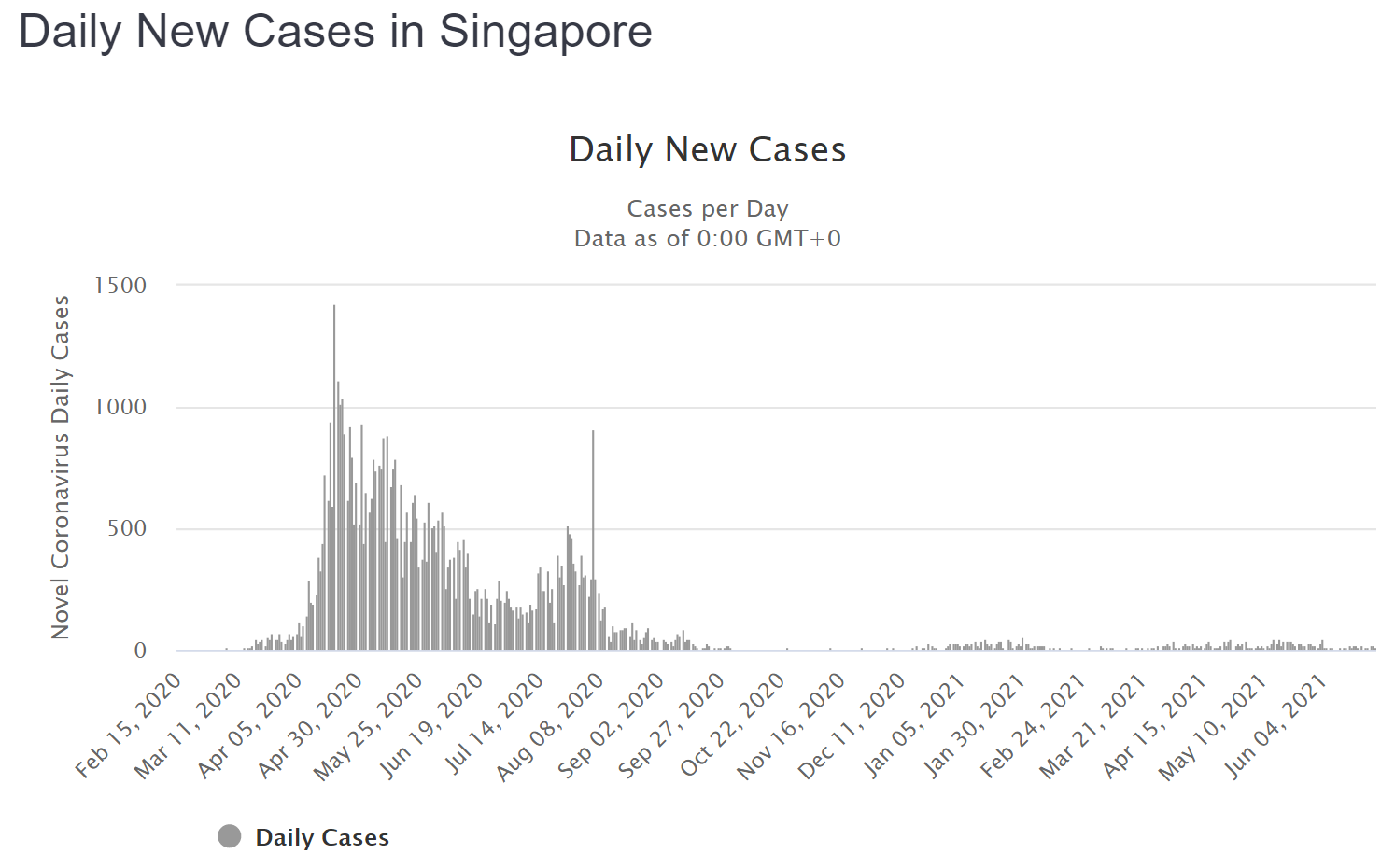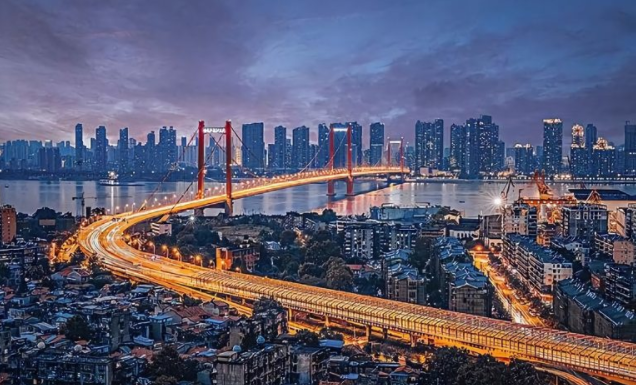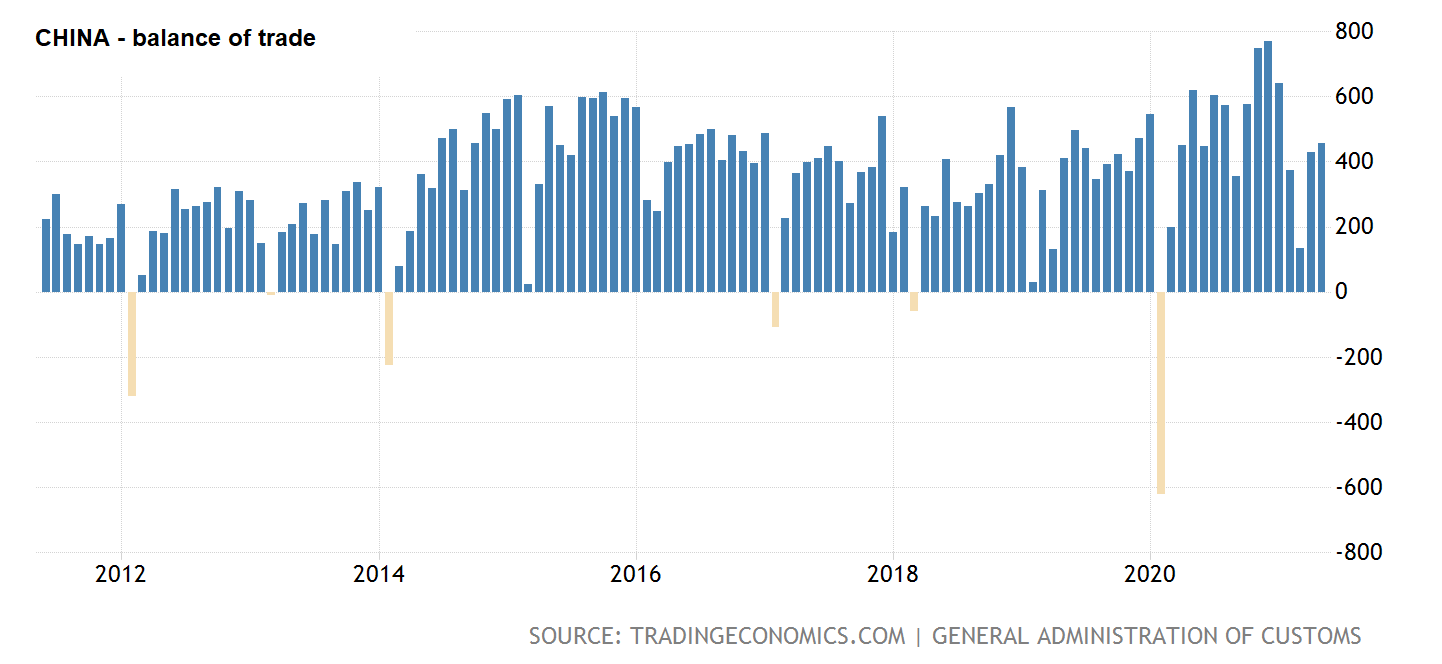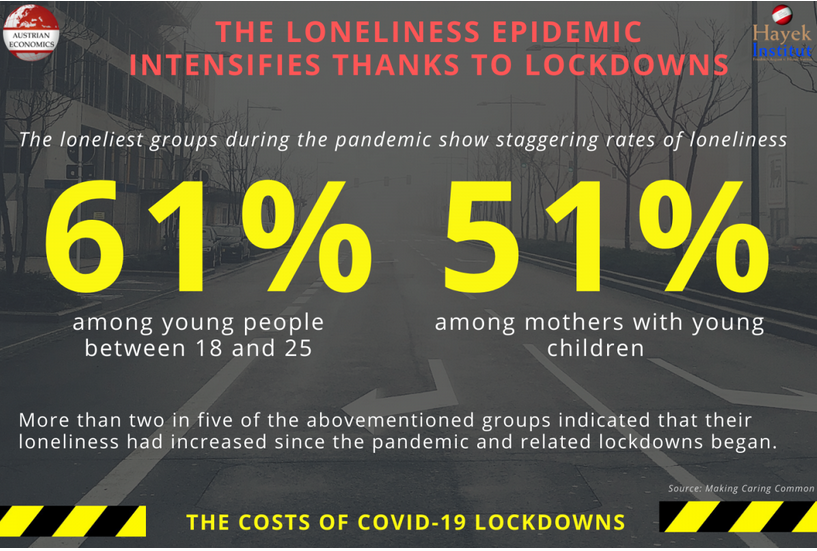Lessons to be Learned from East Asia The world should take a lesson from how East Asia ran itself in 2020. Japan had no lockdown. None. With an aging population, its death rate has been creeping up for many years. In 2020, it fell by 0.7%, as if Covid-19 was a life-saver. The Prime Minister of Singapore repeatedly appeared on TV to advise people to live normally and not let fear dominate. Taiwan had a total of 623 Covid-19 related deaths [ed. note: there were only 12 until mid-May; in the past few weeks there was a large spike]. Competent bureaucrats in South Korea organized a system to rapidly isolate those with the illness and never had to impose much of a lockdown. The same was the case in Hong Kong. Maybe China is responsible for starting Covid-19, or perhaps
Topics:
Jayant Bhandari considers the following as important: 6b.) Acting Man, 6b) Austrian Economics, 7) Markets, Featured, newsletter, On Politics
This could be interesting, too:
Nachrichten Ticker - www.finanzen.ch writes Die Performance der Kryptowährungen in KW 9: Das hat sich bei Bitcoin, Ether & Co. getan
Nachrichten Ticker - www.finanzen.ch writes Wer verbirgt sich hinter der Ethereum-Technologie?
Martin Hartmann writes Eine Analyse nach den Lehren von Milton Friedman
Marc Chandler writes March 2025 Monthly
Lessons to be Learned from East AsiaThe world should take a lesson from how East Asia ran itself in 2020. Japan had no lockdown. None. With an aging population, its death rate has been creeping up for many years. In 2020, it fell by 0.7%, as if Covid-19 was a life-saver. The Prime Minister of Singapore repeatedly appeared on TV to advise people to live normally and not let fear dominate. Taiwan had a total of 623 Covid-19 related deaths [ed. note: there were only 12 until mid-May; in the past few weeks there was a large spike]. Competent bureaucrats in South Korea organized a system to rapidly isolate those with the illness and never had to impose much of a lockdown. The same was the case in Hong Kong. Maybe China is responsible for starting Covid-19, or perhaps it is not. It is hard to know, given that on the one hand, there are incompetent international organizations such as the WHO, which cannot be held accountable. No cost-benefit analysis or consideration of the long-term impact of their on-the-ground activities is therefore possible. The more they fail, the more money they get to do more of what led to their failures. On the other hand, every country of consequence wants to influence the decision-making of the WHO. Neither China nor the West is innocent here. Trump’s exit from the WHO was actually a rational decision. The WHO did not recommend a lockdown in China, but it went ahead anyway on 23rd January 2020. While what China did was initially seen as heavy-handed, it is hard to tell in what respect numerous Western countries have performed better. From early April 2020, when others were just waking up to Covid-19, China’s limited lockdown was over, and it gave its citizens their everyday lives back. Moreover, many parts of China faced no lockdown at all. |
Singapore New Cases, Daily Feb 2020- Jun 2021 |
| China has moved on and mostly forgotten about the virus. In mid-August, Wuhan, which is suspected to be the epicenter of Covid-19, had a massive, shoulder-to-shoulder gathering in a water park. | |
The Merits of Hiring People Based on Merit and China’s Economic PerformanceOne thing stands out as to why East Asia managed Covid-19 so well. Its institutions are manned on the basis of merit, not “Equality, Diversity and Inclusion.” If you mention EDI or ESG to those in East Asia, you will likely get confused looks. I certainly avoid investing in companies that, in their hearts, honestly believe in EDI/ESG. If they must do virtue-signaling to get by, I understand that. It is no wonder that in 2020, China grew the most among the major economies: by 2.3%. In Q4-2020, its GDP rose by 6.5% year-on-year. Every sign is that China is back to its regular growth rate of 8% for 2021. Could these numbers have been massaged? Possibly, but those who claim that China is a paper tiger haven’t bothered to look at where their clothes, office equipment, cellphones, and even high technology equipment have been made. China is the biggest manufacturer in the world. A simple, at-home test shows that China is real. In 2020, for the increased number of people now working from home in the West, China exported more office furniture, laptops, headsets, sofas, and office chairs. It shipped a massive number of masks and 31% more medical equipment and medicine. Chinese exports, instead of falling, grew by 3.6%. China had a trade surplus of $538 billion—and this figure cannot even be massaged. In their anger with China to do with the spread of Covid-19, many people—politicians and journalists in the West and India—made proud claims that manufacturing and other businesses would move to India and Africa. My Indian contacts in trading—instead of manufacturing masks in India—were ordering them from China and supplying them to customers in the West. |
China Trade Balance, 2012 - 2021 |
India, where I currently am, a country to which mainstream media pay lip service, managed to push 75 million new people to desperate poverty. If I went out to the road and made myself look poor, which is what 98% of Indians are, I would be beaten to a pulp—even killed if I protested—by the police for breaking the Covid curfew. I am glad China isn’t trying to become democratic.
China’s cost of labor is four times that of India. You merely need a logical deduction, not an in-depth analysis of manufacturing fundamentals, to know if manufacturing will move: If manufacturing had to move to India or Africa, it would instead have started there. Chinese dominance is here is stay.
Heavy-handed, but so far Successful
China offered no free money to its people during the limited lockdown it had. It provided cheap loans to companies and invested more in infrastructure— which is partly reflected in how well commodity prices have done over the past year. The result has been that while wages grew only by 1.2%, less than the economic growth rate, unemployment normalized rapidly from April 2020 onward, back to 5.2%.
One might not like how China designed top-down economic management of Covid-19 and its heavy-handedness, but I find it hard to look down at it compared to what is happening elsewhere globally, even in the Western world.
China consumes close to 50% of all commodities produced in the world. There will be hiccups in trade arrangements, the kind of trade war that it has with Australia and the US, but it is hard to find any evidence that Chinese growth is coming to an end. If its trade surplus diminishes for any reason, it will have more to invest in expanding domestic consumption instead of accumulating greenbacks.
Tags: Featured,newsletter,On Politics











